Children are at higher risk from wildlife because of their innate curiosity. Eager to learn, children are likely to be interested in unfamiliar creatures, and they may see pests as potential playthings. If there are pets in the home, it can be tricky for children to differentiate between safe and unsafe animals, especially when an animal closely resembles one they consider to be a friend! Keeping kids safe around local wildlife is a priority for any parent, help the children in your care by supervising them in areas where wild animals may live.
Keep Your Children Safe with Liddle Rascals
Teach your child that cuddling their pet is ok, but a squirrel is another story.
Most parents seek to encourage an active interest in animal life; familiarizing a child with local species will help him feel safe. Some children are naturally more nervous about new situations and may be fearful of unfamiliar animals. Some fear is healthy, as it can help fend off negative experiences! To keep fears from getting out of hand, arm your kids with information and offer parental guidance and encouragement.
Potential Negative Outcomes
Interactions between children and animals are always unpredictable.
Bites
Squirrels, Opossum (possums), and raccoons are all capable of delivering a nasty bite. Even a nip from a chipmunk can be painful for a small child, and a child’s lack of awareness regarding hygiene (combined with outdoor physical play) will increase the risk of infection. Any animal will bite if its home or young are threatened. While serious bites are rare, a child’s natural curiosity makes them more likely to inadvertently instigate a negative interaction.
Scratches
With small children, scratches can be more difficult for a parent to detect than bites. They’re also more easily hidden by children, who may wish to keep a negative interaction with an animal to themselves. However, even a slight scratch can spread bacteria and disease. Parents should consult with a doctor whenever their child makes direct contact with wildlife.
Disease
Rabies is among the most serious of animal-transmitted diseases, and can be carried by bats, foxes, raccoons, skunks, and coyotes. Most household pets are vaccinated against the virus. Rats, mice and squirrels have not been known to transmit rabies, and in North America the most common carriers are raccoons. Interactions with bats can be particularly dangerous for small children, since a scratch or nip from a bat may be too small to cause immediate concern. However, even the tiniest scratch can result in infection.
Bacteria
While animal urine and droppings are known to spread disease, their presence in your attic or basement will also introduce unwanted dirt and bacteria from the great outdoors. A child’s understandable inclination to explore and learn with their hands may lead them to some unpleasant discoveries in homes that have been infiltrated by wildlife. Rotting food, partially eaten insects, small animal remains (and even garbage) may be brought into your attic, basement, or walls by a mother raccoon for babies she’s housed there. Remnants of these items may the area surrounding a nest.
Desensitization
Most wildlife sightings are likely to be positive and harmless, not a cause for concern. However, one harmless interaction with a wild animal can cause misunderstandings, leading a child to believe that any interaction is safe. To an adult, the difference between a sniff from a chipmunk and an approach by an opossum may be obvious, due to size difference and the more aggressive tendencies of an opossum.
Children are not familiar with animal characteristics and habits, and should be reminded that just because one experience ended well, there’s no risk with a different animal, or under different circumstances. Repeated contact with humans can also be detrimental to wildlife, since it will encourage animals to seek food near homes, and to approach humans in without caution.
There are many ways to address this topic with children, and a proactive approach can pay off. Picture books from a library will help encourage a healthy interest in the animal world. Let them learn how a squirrel builds his nest, why skunks spray, and what foxes eat. Books and videos can also help keep rumours at bay. Kids will undoubtedly hear stories about blood-thirty bats and vicious coyotes, but in truth these stories are often exaggerated, if not completely fabricated.
Bringing children to the zoo or a “petting area” on a farm is a fun way to make contact with wildlife in a supervised environment, with experts nearby to guide the interactions. Allow time and space for your child to ask questions, and to be honest about any animal-related fears they may have. Remember that to a small child, even a diminutive raccoon may look threatening! Getting to know an animal’s habits can help remove any sense of threat, while simultaneously encouraging respect for an animal’s need for space and security.
Rules To Remember
Kids may need frequent reminders from a supportive adult.
Look, Don’t Touch
To a small child, a skunk may resemble a neigbour’s cat, and the animal may not be perceived to be behaving in a way that should cause concern. Remind children never to touch an animal — both wild and domesticated. Parents can make a lasting impression when they lead by example.
Keep a Safe Distance
Attics are a favorite nesting ground for raccoons, squirrels and bats, so extra caution is advised if a child is permitted access to these areas. Children should be instructed never to explore under porches, decks, or behind woodpiles. These are common havens for skunks and opossum.
Watch for Signs of Infestation
Let your kids be little detectives! Encourage them to report to you if they find any droppings or damage to food storage area. Ask them to tell an adult if they spot wildlife in or around your property. If outdoor animals are detected in your home, contact a professional pest removal company. Remind children never to try to remedy a situation themselves.
Avoid Nests
It’s tempting to a peek into a bird or rabbit nest, but make sure children leave any eggs or animal babies alone. If a nest is disturbed or damaged by a child (making it unsafe for the babies), abandonment by the parent is more likely. You may also call attention to predators by visiting nests, putting the younglings at further risk. Nests can also harbour bacteria from droppings and urine.
When Interactions Occur
In some cases, it can be difficult to totally eliminate the potential for an animal interaction.
If the child or animal is unharmed during a close interaction with a wild animal, praise your child for acting wisely and following your instructions. This is an opportunity to encourage a healthy relationship with wildlife, and to prevent fears from developing.
If children make contact with any wild animal, inspect them carefully for scratches or bites. Illnesses can result from seemingly harmless interactions, but complications can be avoided if parents seek medical advice immediately. If the interaction took place out of a parent’s or caregiver’s view, take extra care to be sure no injury was incurred, since your child may not admit to being hurt if they know they were doing something “naughty.”
Particular attention should be paid to any child too young to provide a detailed account of an incident. With rabies infections, prevention requires swift action. Parents should contact a pediatrician as soon as possible if they suspect their young one was in contact with an infected animal.
If you do detect the presence of wildlife intruders near your home, you can comfort children by assuring them that there are humane ways to address the problem. Experts familiar with these methods will ensure that no animals are harmed during the removal process. This includes any babies, who will be reunited with their mother once outside your home or property.
By providing curious kids with detailed information and education regarding respect for wildlife, parents can make sure that both children and animals remain safe.
If you have concerns about animals on your property in Toronto or the GTA, contact Liddle Rascals at (416) 356-5886 to consult with an animal removal expert. We’re proud to keep kids — and critters — safe. We offer professional animal removal services that are safe and humane for both the residents and the animals in question. Our services include a thorough home inspection and advice on repairs, remedies, and prevention.
Expert Skunk and Wildlife Removal in the Greater Toronto Area
We are available 24 hours a day, seven days a week.
Call us at (416) 356-5886 or contact us online.





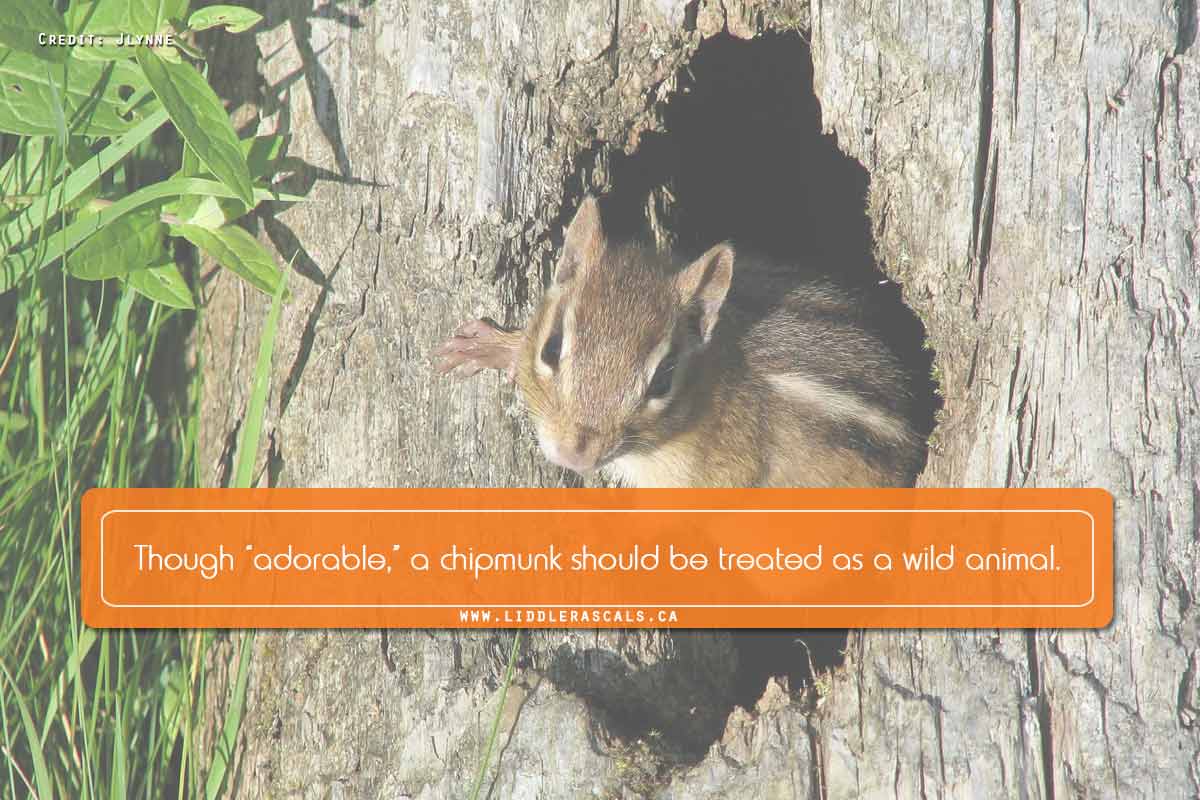
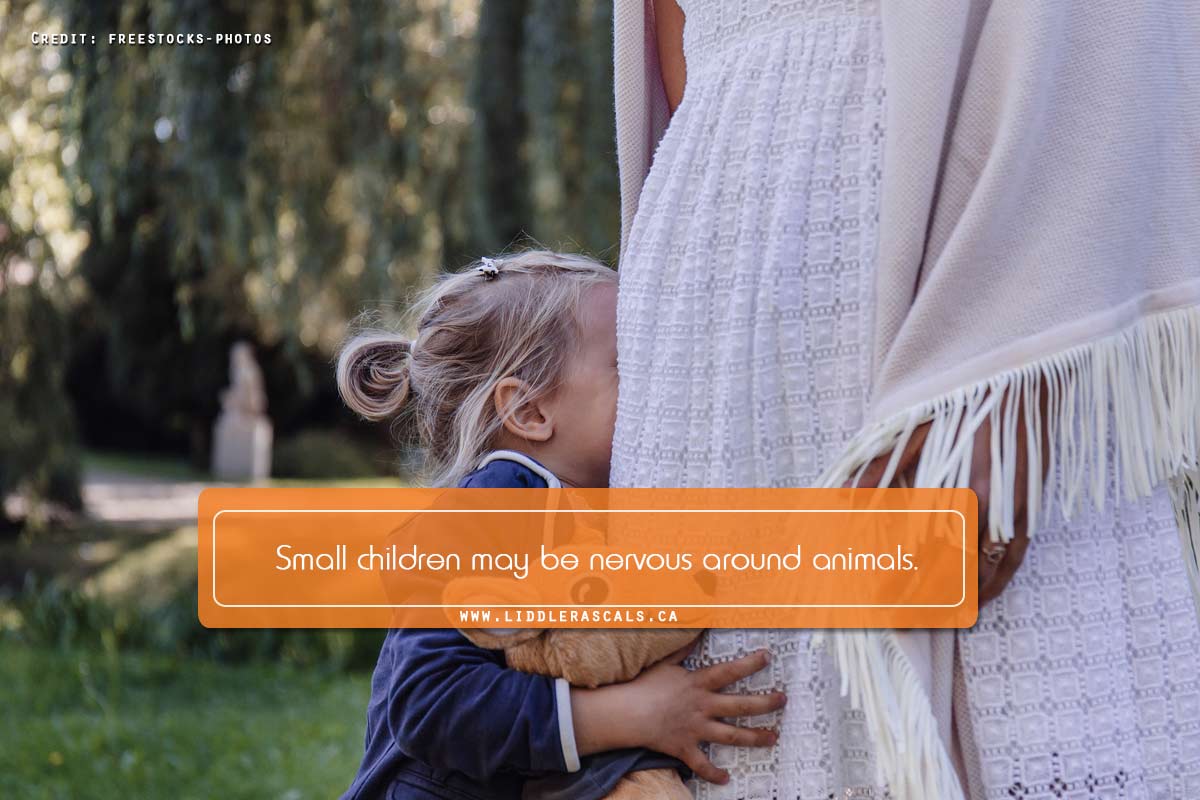
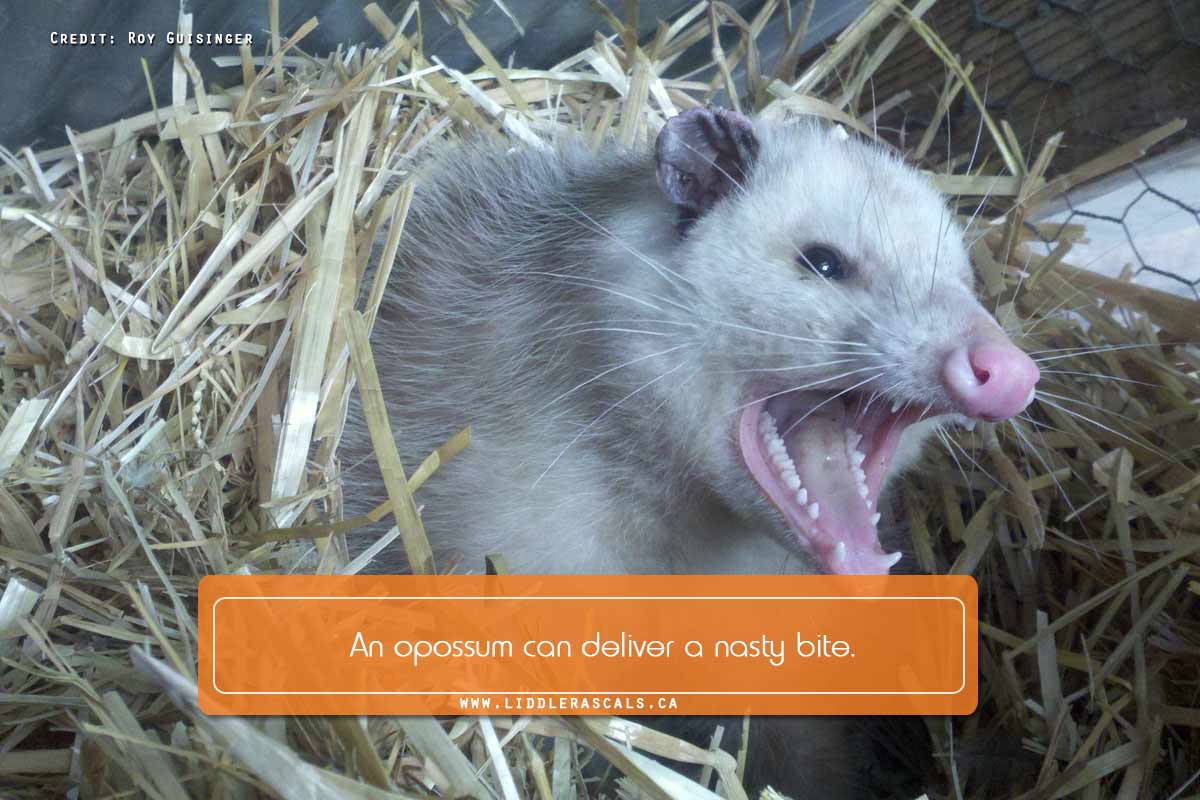
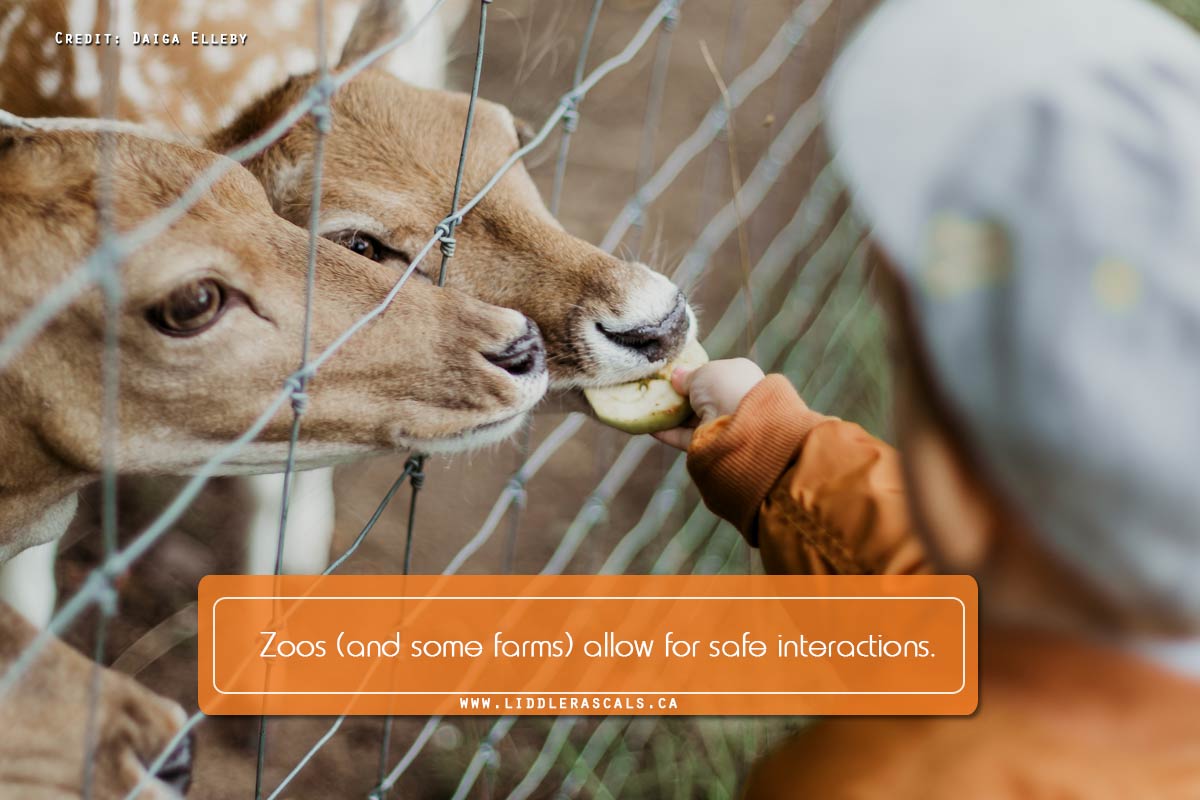
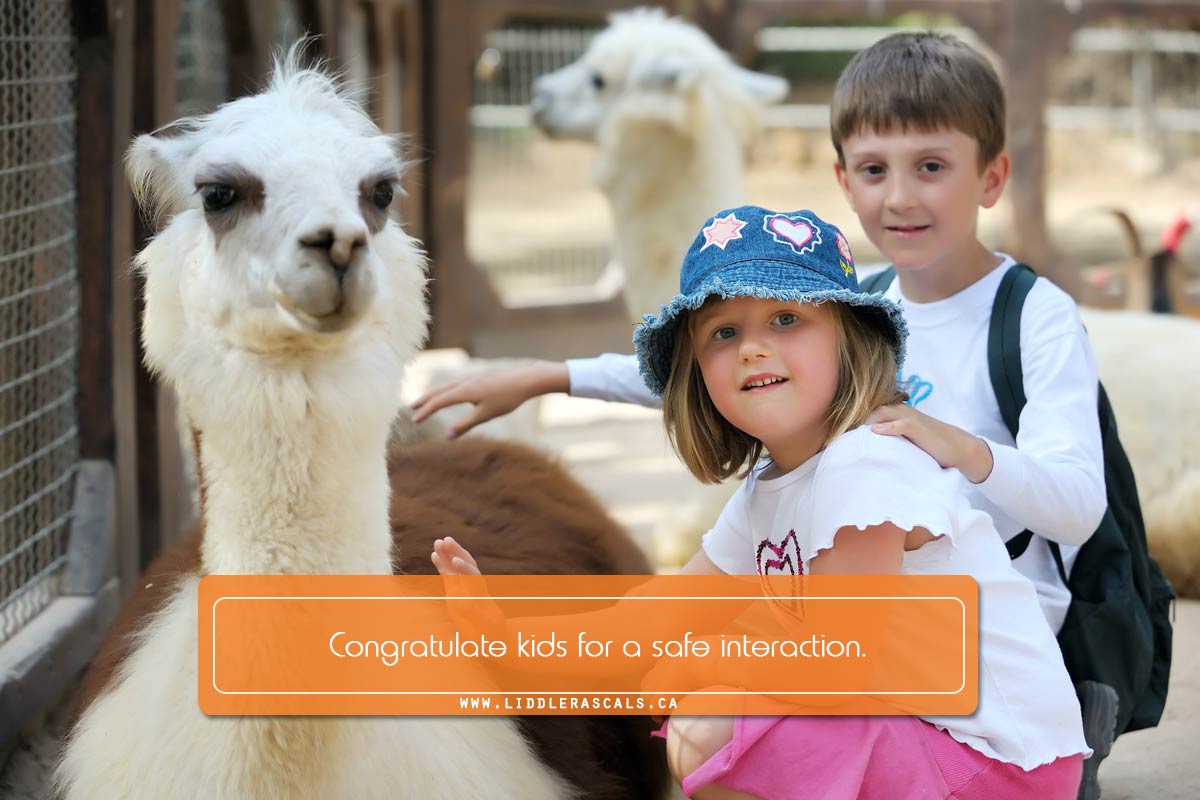
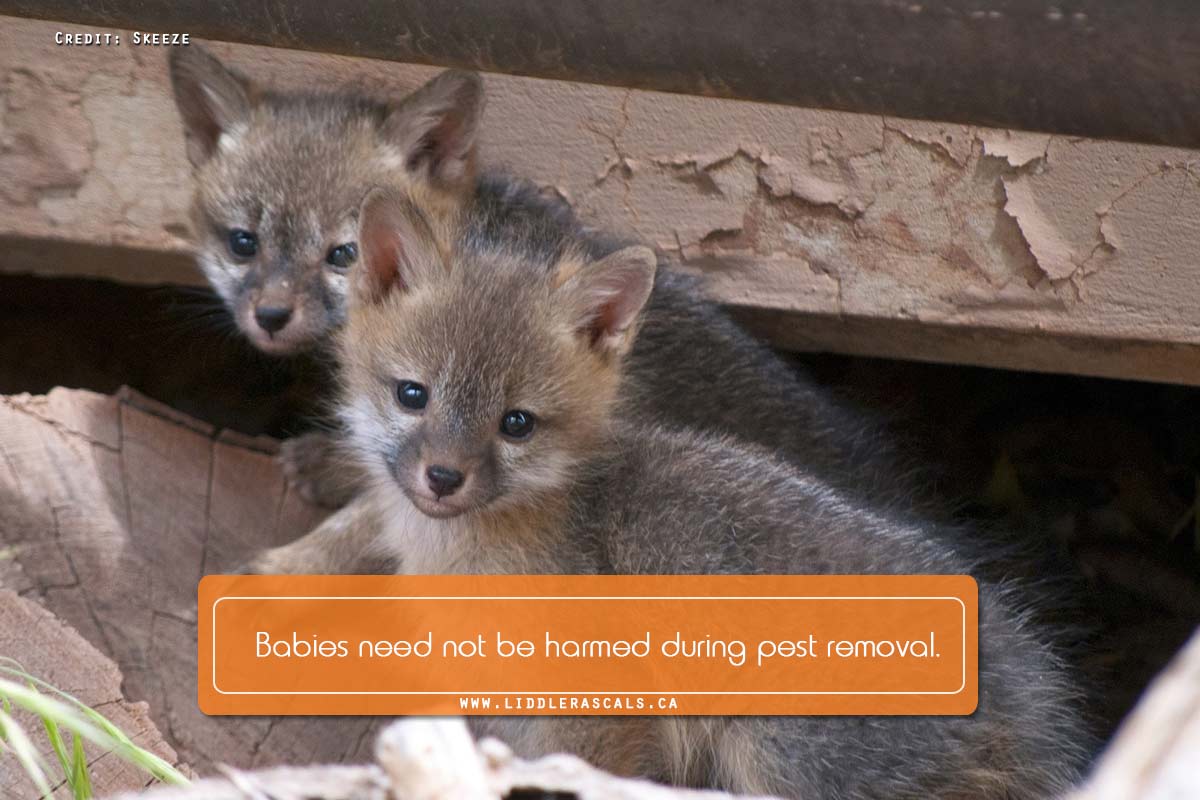
Leave a Reply
You must be logged in to post a comment.